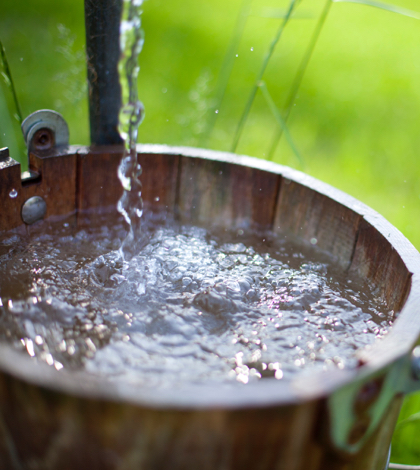The Orange County North Basin Groundwater Cleanup site, located in the cities of Fullerton, Anaheim and Placentia, has recently been listed by the U.S. Environmental Protection Agency (EPA) as a proposed site on the National Priority List (NPL). The listing of the North Basin site is somewhat unique. The site is already in Remedial Investigation and Feasibility Study (RI/FS) under a cooperative voluntary agreement between the Orange County Water District (OCWD) and EPA.
However, North Basin’s proposed listing will now follow a series of other steps including a hazard ranking analysis and concurrence from California’s Governor to authorize listing the North Basin. The listing process will include a public comment period where all interested parties will have an opportunity to comment on the proposed listing and the project itself.
The North Basin contamination contains industrial solvents (also referred to as volatile organic compounds — VOCs) that spilled into the ground from past industrial/manufacturing activities. The five-mile long plum of contamination has caused five drinking wells to be taken out of service.
OCWD has declared residents’ drinking water to be safe. But, the contamination is moving toward the deep aquifer of the Orange County Groundwater Basin which is managed by OCWD. The North Basin Cleanup effort will prevent the plume from spreading and avert further well closures.
“North Basin falls squarely within EPA’s core function of enforcement and compliance with the nation’s environmental laws,” stated OCWD President Denis Bilodeau. “The innovative proactive approach to address the problem before it takes out more drinking water wells will provide for expedited protection of a critical groundwater resource. EPA’s work will also complement other work under local and state agency control. This multifaceted approach should also expedite engagement of potentially responsible parties regardless if formal enforcement action is ultimately taken.”
OCWD drilled extraction wells (EWs)several years ago although none of them were initially placed into service. Well completion was delayed due to legal challenges, including a CEQA lawsuit. However, the OCWD Board of Directors took it upon themselves to direct staff to complete and start operating EW-1; the well became fully operational in November 2017. It is considered one of the most important of the six original wells due to its location upgradient of two drinking water wells.
The OCWD Board of Directors took the action to begin operating EW-1 after waiting a few years for a resolution of the legal challenges and considering new directions set with EPA. Water discharged by EW-1 is sent to a sanitary sewer tributary to the Orange County Sanitation District’s (OCSD) Plant 1 where it is treated extensively and then sent to OCWD’s Groundwater Replenishment System (GWRS) to undergo an advanced three-step purification process. Once purified the water, which exceeds drinking water standards, is put back into the groundwater basin for subsequent reuse.
While continuing to work with the EPA, OCWD is seeking additional funding to help offset costs of the remediation as well as the construction of the pumping systems and piping for EW-1. This includes applying for state funding as grant funds cannot be used for long-term operation of remedial systems. OCWD will also be looking to the potentially responsible parties of the original contamination to fund operations either through collaboration, litigation or by order of the EPA.
OCWD has implemented a multiprong cleanup strategy including voluntary cleanup work, litigation, settlement agreements, state and federal oversight, and solicitation of grant funding. Listing North Basin on the NPL, which was endorsed by the state of California in 2017, would allow the cleanup of the site to proceed after many years of negotiations and legal proceedings.
 California Water News Daily Your Source For Water News in California
California Water News Daily Your Source For Water News in California


